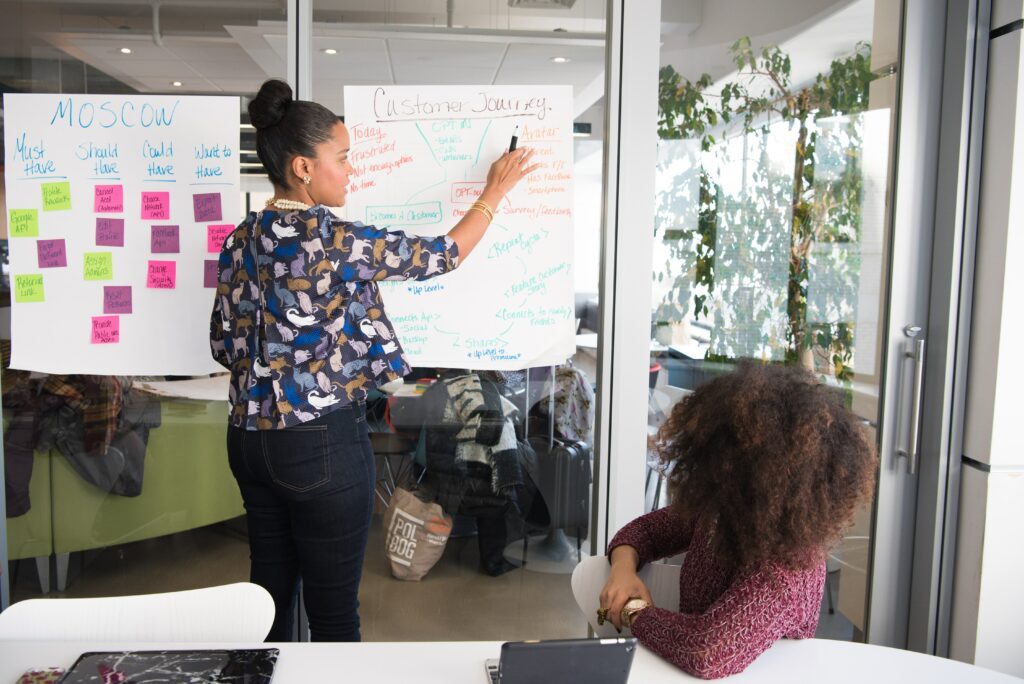Continuing training: what is it and why is it essential?
In an ever-changing world, continuous training has become a necessity for individuals and companies alike. It enables employees to keep their skills up to date and acquire new knowledge throughout their careers. But what exactly is continuing education, and why is it so important? In this article, we explore the different facets of continuing training and its impact on professional development and corporate competitiveness.
What is continuing education?
Continuing training refers to all learning activities undertaken by employees after their initial training. It can include courses, workshops, seminars, certifications and other forms of learning aimed at improving professional skills and knowledge. Unlike initial training, which focuses on acquiring the basic skills needed to enter the job market, continuing training is an ongoing process that accompanies the evolution of a professional career.
The benefits of continuing education
Ongoing training to improve skills and knowledge
Ongoing training keeps employees up to date with the latest trends and technologies in their field. This not only enables them to become more competent in their work, but also to remain competitive in the job market. It also encourages the acquisition of new skills that can be beneficial to their career progression.
How does ongoing training help to increase employee motivation and commitment?
Investing in ongoing training shows employees that the company values their professional development. This can increase their motivation and commitment, as they feel supported and valued. According to the Factorial blog, “ongoing training is a great way to retain talent and improve employee engagement” (Factorial).
Adapting to technological and industrial change
Industries are evolving rapidly, and cutting-edge technologies are changing the way we work. Ongoing training enables employees to adapt to these changes and remain effective in their role. This is crucial for companies that want to remain competitive and innovative.
How do you set up a continuing education program?
First step: identifying training needs
The first step in setting up an ongoing training program is to identify employees’ training needs. This can be done through performance evaluations, employee surveys and market trend analyses. Understanding employees’ skills gaps and career aspirations is key to developing an effective training program.
Step two: choosing the right training methods
There are many methods of continuing education, from online courses to face-to-face workshops. It’s important to choose the training methods that best match employees’ needs and preferences. For example, online courses can offer maximum flexibility, while face-to-face workshops can encourage interaction and hands-on learning.
Step 3: Use training management tools and software
Continuing training management can be facilitated by the use of specialized software. These tools enable training programs to be planned, monitored and evaluated efficiently. They can also provide detailed reports on training progress and results, enabling the program to be continually adjusted and improved.
quarksUp offers a training management module: catalog, collection, forecast creation, plan follow-up, etc. Discover all its features here.
What are the challenges facing continuing education?
Continuing education: what does it mean in terms of costs and resources?
One of the main challenges of continuing education is the cost associated with setting up and managing training programs. This includes the costs of trainers, materials, software licenses and time spent on training. However, it is important to see these expenses as an investment in employee development and company competitiveness.
Tracking employee commitment
Even with an excellent training program, it can be difficult to motivate certain employees to actively participate. Clearly communicating the benefits of continuing education and creating an encouraging learning environment are essential. Recognition and incentives can also play an important role in employee engagement.
Continuing training is a crucial element in the professional development and competitiveness of companies. It enables employees to maintain and improve their skills, increase their motivation and adapt to technological and industrial change. By implementing a well-planned continuing education program and using the right tools, companies can overcome the challenges and maximize the benefits of continuing education.
To sum up the advantages of continuing education in a few points:
- Improving skills and knowledge
- Increased motivation and commitment
- Adapting to technological and industrial change
- Talent retention
- Strengthening the company’s competitiveness
By investing in lifelong learning, companies can create a dynamic and innovative working environment, conducive to long-term growth and success. So, your turn?
Good to know! quarksUp is an HRIS solution for managing the entire employee cycle.
Thanks to this HR tool, everything can be done online. As an HR manager, you’ll be in charge of all our employees’ digital activities. With its modular offer, quarksUp intervenes from recruitment to employee off-boarding.
You may also be interested in 😊

GPEC: Definition and implementation tools
What is GPEC (Gestion Prévisionnelle des Emplois et des Compétences) and how can it be implemented? quarksUp, expert in HRIS, answers your questions.

Annual appraisal interview: objective, grid
The annual appraisal interview is an opportunity to take stock of performance. quarksUp, expert in HRIS, guides you in preparing your objectives and evaluation grids.

